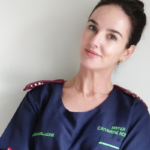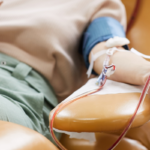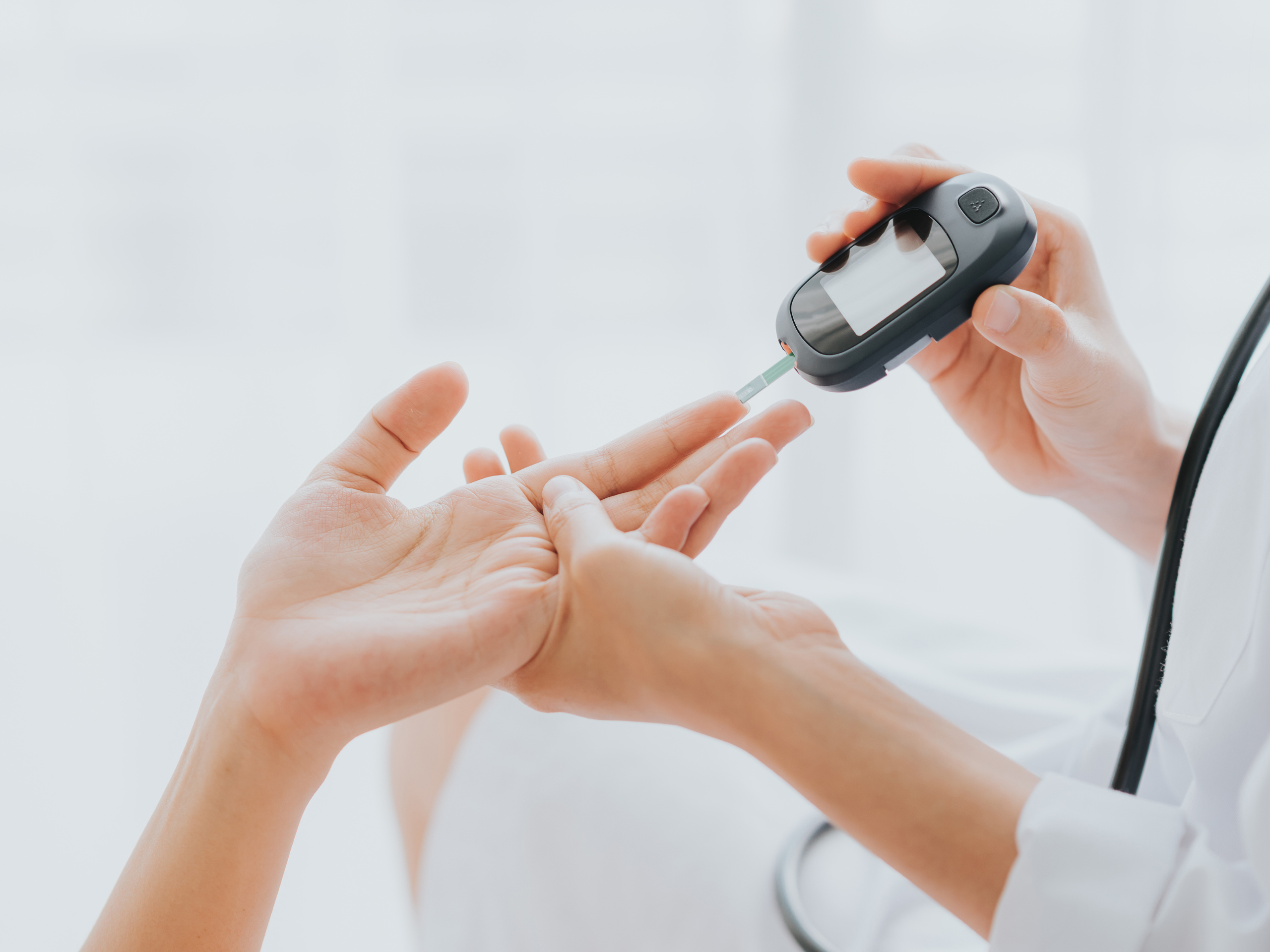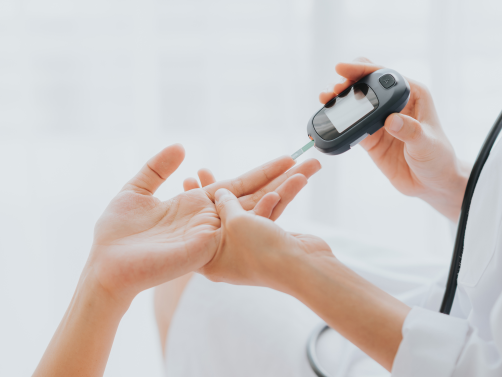A quiet coffee break turned critical in seconds.
Trauma nurse Catherine Rodwell shares how quick action—and a teaspoon of syrup—helped save a life during a sudden diabetic emergency. Whether you’re a parent, teacher, or just someone who wants to be prepared, this story is a powerful reminder of why first aid knowledge matters.
It was an ordinary morning at my favourite local coffee shop—until it wasn’t. As a trauma nurse and founder of Survival® CPR, I’ve learned to notice subtle signs that something’s off. That day, I spotted a couple at a corner table: the gentleman looked pale, beads of sweat glistened on his forehead, and he seemed to be fading in and out of awareness.
Instinct took over. I approached them and introduced myself. His partner was visibly panicked, her eyes darting around for help. I knelt beside him and calmly asked, “Do you have chest pain?” His breathing was shallow and erratic, and he was nearly unresponsive. Sensing the urgency—and drawing on my years of experience in ICU and field rescues—she whispered, “He’s diabetic.”
In diabetic emergencies, time and sugar are critical. I instructed the waiter to bring syrup (avoiding honey due to allergy risks). With careful precision, I placed half a teaspoon of syrup under his tongue. The sublingual route ensures the fastest absorption without risking aspiration, which can happen if someone is semi-conscious and tries to swallow.
While waiting, I loosened his collar and sponged his face with a damp cloth. Within moments, colour returned to his cheeks and his eyes regained focus. He blinked, then smiled with relief. A simple intervention—giving sugar—had reversed his hypoglycemic state.
Why Sugar, Not Insulin?
- Hypoglycemia vs. Hyperglycemia: You can’t tell on sight whether a diabetic’s blood sugar is too low (hypo) or too high (hyper) without testing.
- Safety First: Administering insulin to someone already low on sugar can plunge them further into danger, potentially causing loss of consciousness or worse.
- Sugar Has No Downside: If their blood sugar is high, a small amount of sugar won’t harm them, but if it’s low, it can save a life.
After he stabilized, I urged them to follow up with their doctor within the next 12–24 hours to monitor his glucose levels and adjust his management plan.
By Sister Catherine Rodwell
Founder, Survival® CPR
About the Author:
Founded in 2001 by Sister Catherine Rodwell—a seasoned trauma and ICU expert who has led medical evacuations across Africa—Survival® CPR empowers parents, nannies, childminders, teachers, and employees with life-saving skills. Catherine’s mission is to equip everyday heroes with the confidence and know-how to respond effectively in emergencies.
Feeling inspired to become the calm in a crisis?

From witnessing a lot of trauma in my work to empowering parents
I want to take you on a journey that led me to become a full-time CPR and first aid instructor and proud business owner of Survival CPR. This story is about passion, empowerment, and making a real difference in the lives of people like you. A Trauma-Fueled Calling: Having spent

The Role of the Microbiome in Children
As we bask in the warmth of spring and witness the beauty of nature’s renewal, let’s delve into a topic just as fascinating and vital for our little ones’ well-being – the microbiome. This month, we explore the incredible world of microorganisms that inhabit our children’s bodies and the profound

World Breastfeeding Week
World Breastfeeding Week: Celebrating the Benefits for South African Families As we embrace the month of August, we joyfully celebrate the significance of family and the well-being of our precious little ones. In this blog post, we highlight the importance of World Breastfeeding Week, a cherished event that takes place

Winter Safety Guide
Winter’s arrival brings with it a desire to snuggle up and stay warm in the comfort of our homes. Fireplaces, gas and electrical blankets, heaters, and hot water bottles become our trusted companions during these chilly months. However, it’s crucial to prioritize safety to prevent potential accidents or hazards. In

Sudden Infant Death Syndrome (SIDS)
Sudden Infant Death Syndrome, or SIDS, is a heartbreaking tragedy that affects thousands of families each year. As a parent, the thought of losing your child to SIDS can be overwhelming and scary. But there are steps you can take to reduce the risk of SIDS and be prepared for

World Blood Donor Day 2023: “Give blood and keep the World beating”
Did you know that blood donation is one of the most selfless and impactful things you can do for your community? It’s true! And in South Africa, the need for blood donors is always high. That’s why today, I want to share with you some of the many reasons why

First Aid for Burns – a must read for every parent
Sister Catherine Rodwell sheds light on the right way to handle burns, be it in children or adults. It’s crucial to be aware of the proper procedure to not worsen the burn’s impact. From 6-12 May, National Burns Awareness Week is being observed. In continuation of our conversation with “Mommy

A mother recounts her traumatic experience
We are very grateful for this mommy who wanted to share her traumatic story with us, so that other parents can learn how quickly accidents can happen. Please note that photo’s can be triggering. We are very grateful for this mommy who wanted to share her traumatic story with us,

The Leading Cause of Accidental Poisoning
As parents or caregivers, keeping children safe is our top priority. However, despite our best efforts, accidents can happen. One of the most common accidents that can be prevented is unintentional poisoning from medication. It’s important to understand that medicines are not sweets and should be treated with care. In


